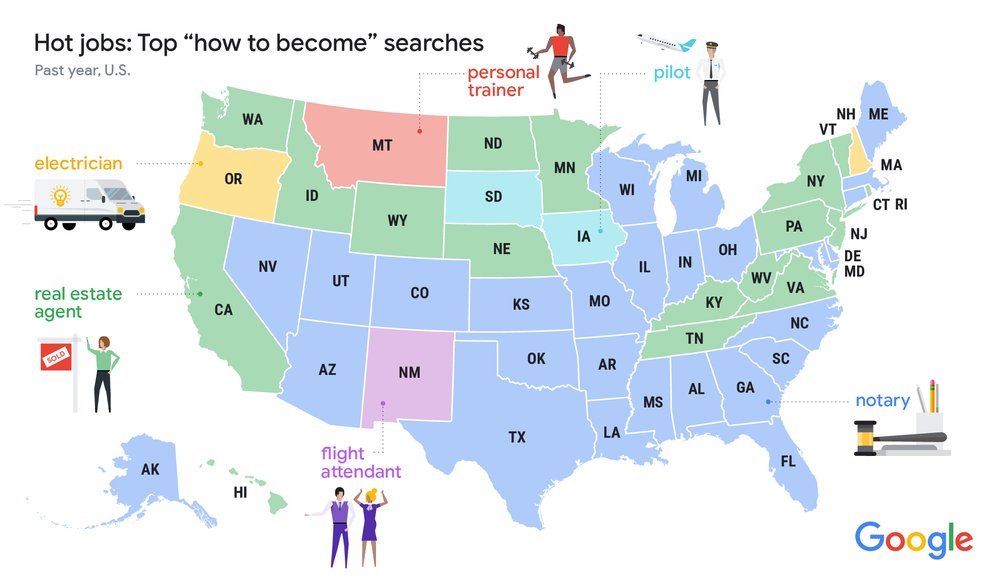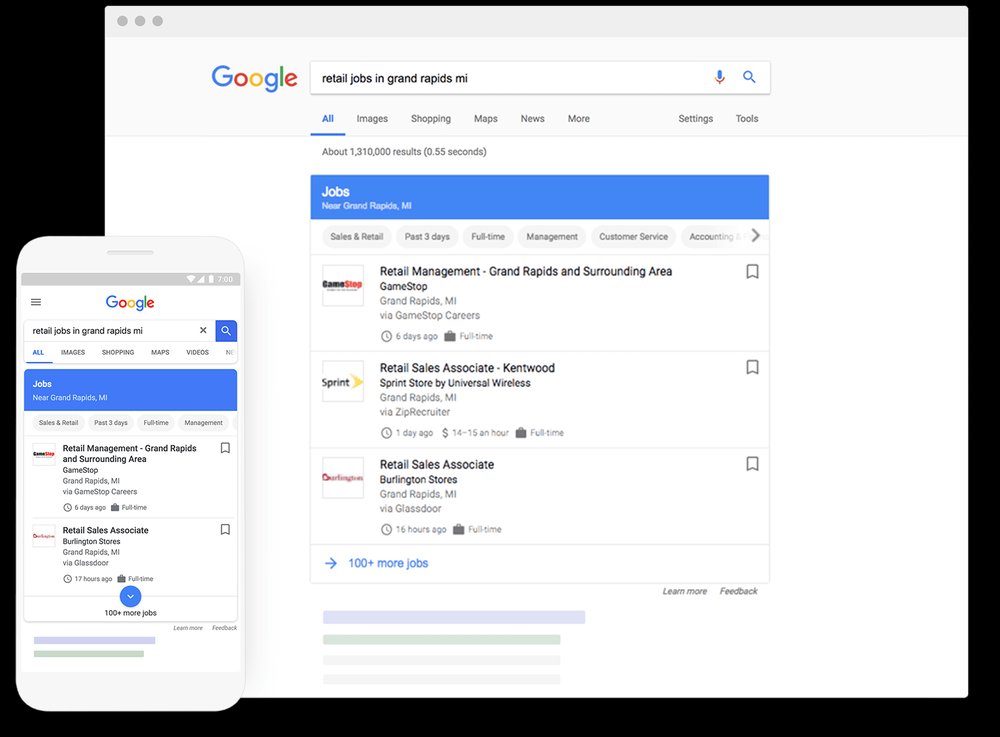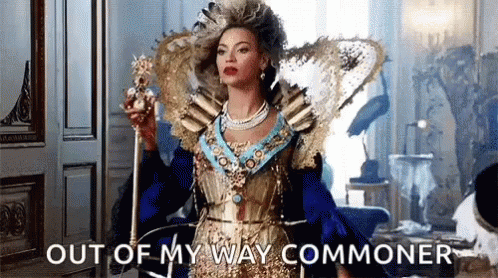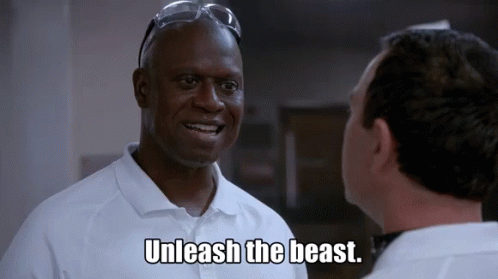Danny Sullivan is Google’s Public Liaison for Search — meaning he explains the ins and outs of Search to the world, and tells the people who work on Search what the world is saying about it. On an average day, you might find Danny answering questions on Twitter, giving a presentation at an event or responding to feedback somewhere on the web. You might also find him at a Star Trek convention, but that’s a story for another day ?.
Before Danny became our Search Liaison in 2017, he followed the world of search engines for more than two decades, and was one of the leading experts on the subject. In fact, it’s been 25 years since he launched one of the earliest online publications about search engine marketing. To celebrate this milestone, we talked to Danny about how he’s seen search engines evolve over the years, from both inside and outside of Google.
How did you get interested in search technology?
When I was in college, my idea of fun was to use our library search system, “Melvyl,” to see all the books that matched words like “history” or “science.” The searches would crash because there were so many results. But finding books digitally, rather than flipping through a card catalog, was amazing at the time. Later as a journalist, I had to craft intricate queries on LexisNexis to locate past articles. It could be a lot of work, but it was still exciting to see how tech made it easier to find useful material.
By the time the internet and early search engines arrived, I was still captivated with search — only now it was possible to find content from anywhere in the world and get results within seconds, without formal search commands. It blew my mind, and I never got over that sense of awe. I’m still fascinated by search and the power it gives anyone to find information quickly and learn more about anything you dream up.
How have you seen people's perceptions of search engines change over time?
In the 1990s, I taught classes on search. Search engines weren’t always good at handling natural language queries, and learning special search commands could sometimes produce better results. People often felt it was their fault, rather than the search engine’s, if they didn’t find what they were looking for.
Today, it feels like people are born knowing how to search. You just type what you want into a magic box, and poof! It delivers results — no classes needed. It also feels like people are less likely to blame themselves if they don’t find what they’re looking for. Perhaps it’s because search has become so advanced that people’s tendencies have changed. It’s so much easier to find what you need that people have developed higher (and well-justified!) expectations.
People may not always remember the many times Google gets them exactly what they’re looking for, but they may notice the outliers — the times we don’t get it right. At Google, we see this as a positive. It suggests we've built and earned a reputation for delivering what people want, and we strive to do just that.
What do you wish more people knew about Google Search?
I don’t think most people realize how much work goes into regularly improving Search. We make thousands of improvements throughout the year — more than 5,000 in 2021 alone.
Once we’ve decided on a change, we carefully evaluate it with quantitative feedback from live experiments and qualitative feedback from our human reviewers. If everything looks good, we ship it. For example, today we’re updating how we rank product reviews in Search to prioritize in-depth, first-person content.
Last year, we conducted more than 800,000 experiments and ongoing quality tests to make sure the results we deliver — and changes we launch — actually make Search more useful for people. And we feel pretty confident this process is working. Over the last seven years, our internal metrics based on quality rater data show we’ve decreased the number of irrelevant results by over 50%.
Over the last seven years, we’ve decreased the number of irrelevant results by over 50%.

How have you seen Google Search evolve over the years?
Search has evolved along with the web and the way people access Search. There are more types of information — from AR to images and videos — and more features to help people find what they need, in the rich visual formats they want.
We’ve even introduced more ways to search, like searching visually with Google Lens. The other day on a hike, I saw an insect on a flower, pointed Lens at it and it quickly identified the type of bee it was. I never could have imagined this when Search was just starting out.
A less obvious way Search has evolved is in its understanding of what people are looking for. In 2019, we launched BERT, a neural network-based ranking improvement that can better understand natural language and longer queries. Interestingly, as we’ve used AI to improve our understanding of language over the years, we’ve seen people’s Search queries evolve, too. Since 2015, we’ve seen a more than 60% increase in natural language queries in Search. This means people can find what they need more easily, and using language that’s closer to the way we normally write and speak.
What’s next for Search?
Our deep understanding of information and the world around us — made possible by advancements in AI — is helping us reimagine what it means to “search.” Soon, you’ll be able to search with images and text simultaneously using Google Lens, helping you learn about the physical world and ask questions about what you see in a more intuitive way.
I’m also really excited about how we can help people with all those questions that don’t have a single answer. Google’s great at finding answers to simple questions — but we also want to help people more easily navigate topics they’re not familiar with, or if they don’t even know where to start.
After more than two decades thinking about Search, what’s most exciting to me is that it’s never a solved problem. We’ve only started to scratch the surface of how Google can help make information accessible and useful.












